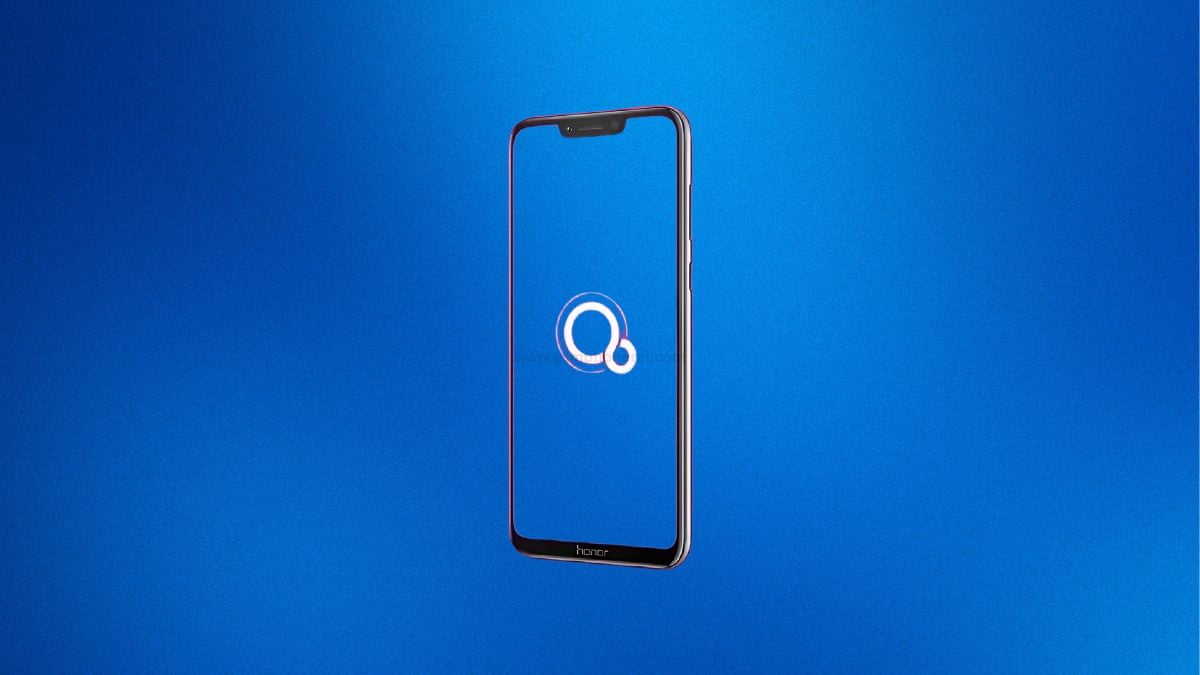In 2016, news emerged that Google was developing an operating system called Fuchsia, which finally made its way to a commercial device, the first-generation Nest Hub, in 2021.
There were speculations that Fuchsia would be a universal operating system for all smart devices, including phones and watches, but this has not yet materialized. While Fuchsia may not replace Android in the near future, there are suggestions that it could run as a virtual machine on Android devices.
Unlike Android and ChromeOS, Fuchsia is an open-source operating system that is not based on a modified version of the Linux kernel but is built from scratch using a new micro-kernel called Zircon.
The use of a microkernel in Zircon allows for improved efficiency and flexibility compared to traditional operating system kernels. Additionally, the architecture of Zircon in Fuchsia reduces the amount of trusted code running in the system, enhancing security and stability.
Google has reportedly been developing a new project called “microfuchsia” which is intended to enable Fuchsia to be compatible with current devices through the use of virtualization. Virtualization involves creating a virtual representation of a device that operates in a distinct computing environment, typically to support a different operating system. This separation ensures that applications running on the main operating system and within the virtual machine remain isolated from each other.
According to the Fuchsia Gerrit, microfuchsia is capable of running on virtualization programs like QEMU and pKVM. Developed by Google, pKVM features a layered security approach to securely host workloads in an isolated environment. Google also created a streamlined version of Android called “microdroid” specifically for running these workloads.
It is possible that microfuchsia could function in a way similar to microdroid. Put simply, it may be utilized for securely executing tasks.
The reason why Google wants to create microfuchsia instead of using microdroid, which serves the same purpose, is unknown. One possible explanation could be that Fuchsia is believed to be more secure and performant.
